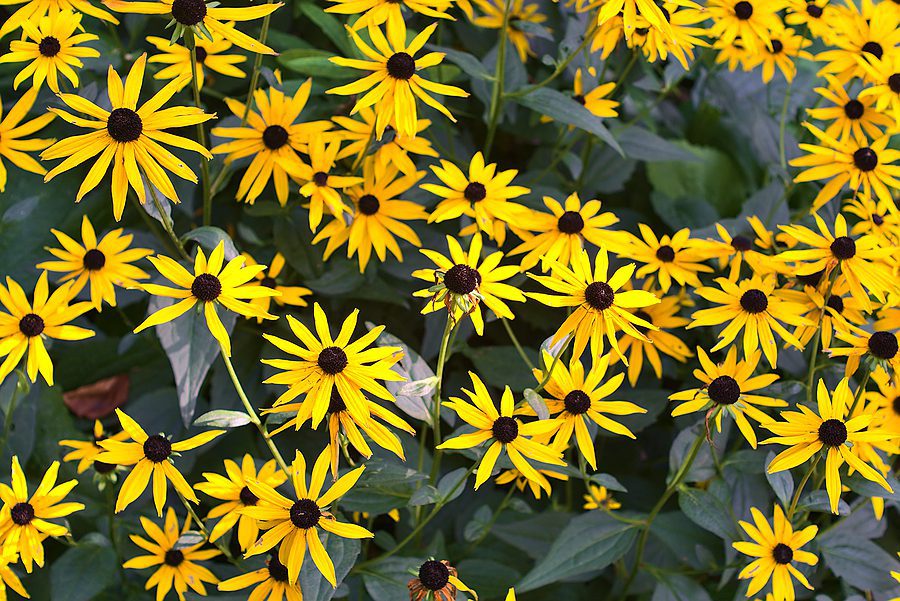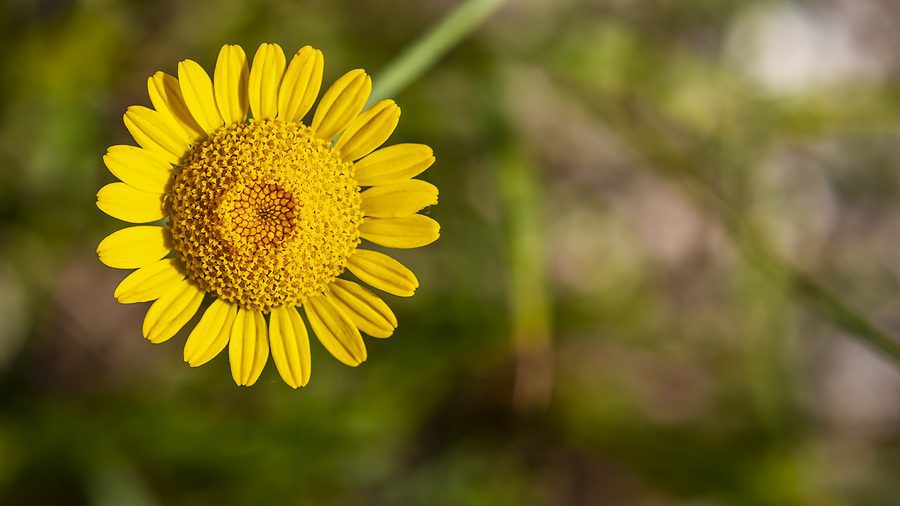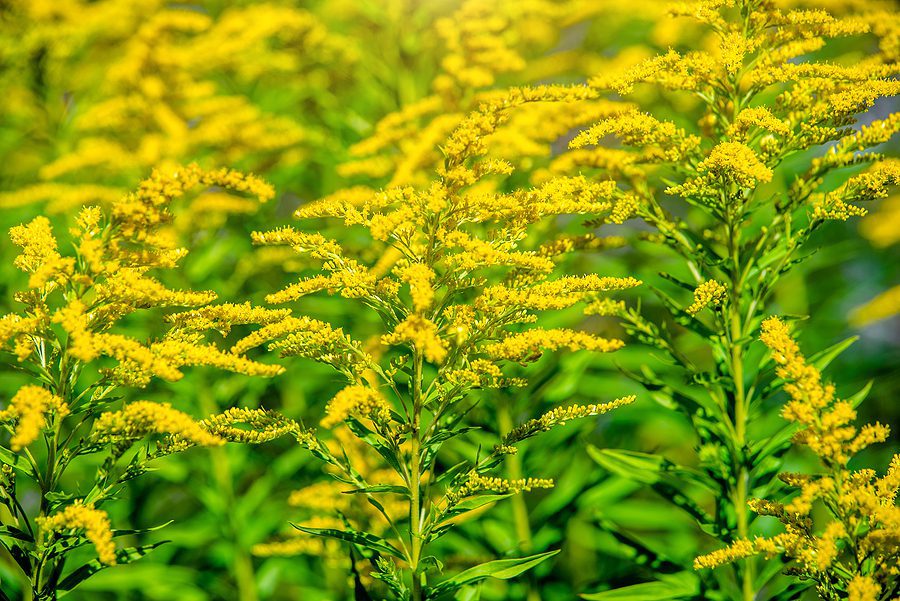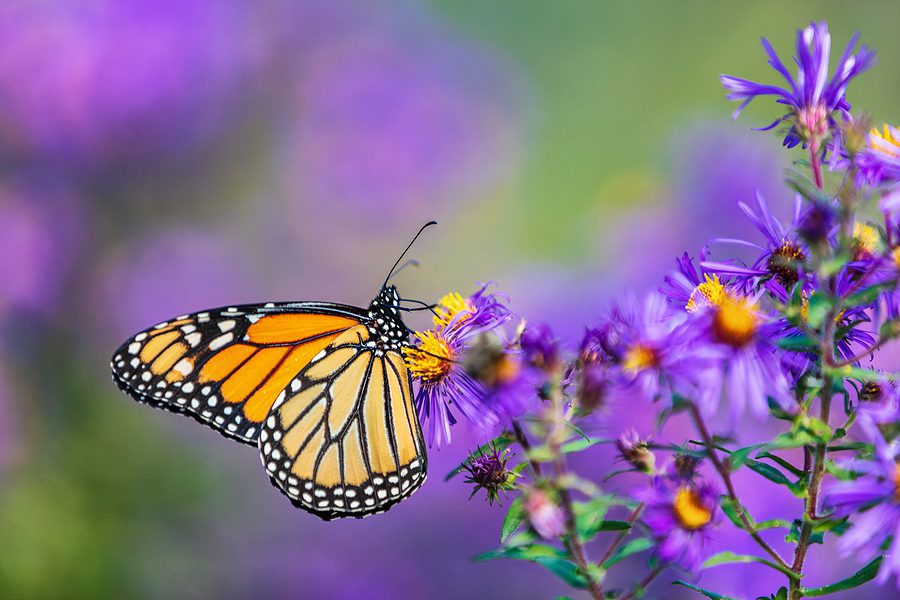Albuquerque DIY Landscaping with Perennials

Perennials are an excellent addition to any plant lover’s garden. The beautiful arrays of colors will transform your garden every summer, year after year. Below are some basic tips for starting your perennial garden.

Plan the Garden
Before you head to the store to buy your new perennials, you will want to plan for them first. The best way to prepare for your garden transformation is by first measuring your designated garden plot. Sketch your current garden from a bird’s eye view and sketch the relative plants and structures that are currently in place.
Now add your prospective perennials; be careful to leave enough room for them to fully mature. With this comprehensive sketch, you can easily visualize how the garden will look. Typically this will take a few tries to design it perfectly. Remember, if you end up improvising your perennial garden, you’ll likely be spending your summer days shoveling around the plants to correct your mistakes.

Match Your Style
Gardens are best designed when they match the theme of the house that they accentuate. A more cozy home such as a cottage or bungalow will be best suited by wavy-edged flower beds and a purposefully disheveled array of perennials. Larger homes or those with harsh elements will need a more structured arrangement with straighter lines and a tidy perennial design.

Watch Your Proportions
Take care to keep your perennial garden in proportion to your home and your neighbors. While everyone can appreciate beautiful flowers, you want to avoid becoming the neighborhood jungle.
Make sure that your flower beds do not overwhelm your house or the neighbors. Your perennials should accent your house, rather than stand out as the center focus. If your house is on the larger end, you can get away with having taller plants and larger flower beds.
Plan with Your Bloom Schedules
Every plant has its specific bloom schedule. Perennials traditionally bloom in the summertime and largely disappear during the summer months. To accommodate this, make sure that the flowers surrounding the perennials bloom in the spring, summer, or fall months. This will keep your garden full of beautiful colors all year long.
Remember, you can never go wrong with a few evergreen plants as well for those winter months!
Pick Your Color Theme
The most beautiful gardens are those with an aesthetically pleasing, cohesive color palette. To imitate this, try dabbling in color theory before planting your perennials. Find a color wheel online and study the various color combinations. Some of the most popular color schemes to consider include:
- Monochrome
- Only using shades from one color (ex: baby pink, pastel pink & hot pink)
- Analogous
- Combining 3 adjacent colors on the wheel (ex: green, teal & blue)
- Complementary
- Combining colors on opposite ends of the color wheel (ex: blue and orange)
Plan for Growth
When planting your new perennials into your garden, keep in mind how much space they will require when they are fully matured. Do some research on every new plant you acquire to determine its maximum size and account for that before plotting. This simple trick will save you a lot of headaches in the future.
Not only should you account for the width of your mature plants, but also the height. Be sure to place your plants so that your taller plants don’t end up blocking the view of your shorter flowers. This is easy to accommodate when you place your tallest plants in the back with the shortest in the front.
Accommodate Lighting Needs
Different plants require different amounts of light to thrive. Before planting your new perennials, take note of how much sunlight hits your garden; both directly and indirectly.
With this knowledge in mind, you will be able to pick the best-suited perennials for your garden.
